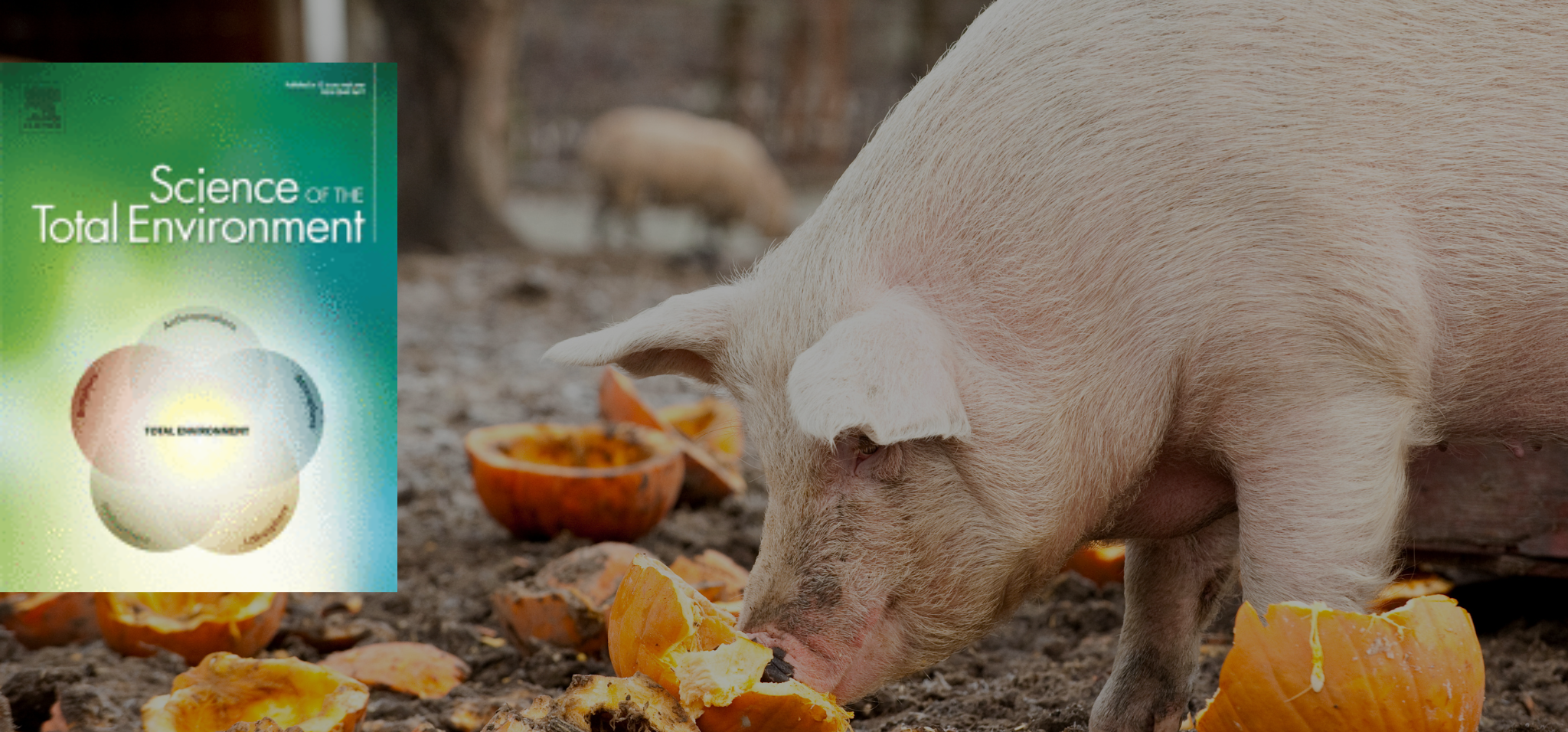
Authors: Yue Zhao, Zhaohai Bai, Ling Liu, Xiangwen Fan, Lin Ma.
Abstract
The uneven distribution of pig production may create pollution hotspots and severe environmental costs at the local level; however, there is little information available about the socioeconomic driving forces behind the spatial distribution of pig production and its potential environmental costs. Here, we collected time series data (1990, 2012 and 2017) of pig production and multiple socioeconomic indicators from 2,333 counties in China to remedy this knowledge gap.
Our results indicate that, the poverty level, pork self-sufficiency rate, feed availability per head and environmental pollution risk were all played negligible roles in determining the spatial distribution of pig production at the county level in China between 1990 and 2017. The spatial distribution of pig production was more impacted by the so-called subsidy policy for export of pig to domestic market (hereinafter called pig subsidy policy), which aimed to subsidize counties exporting large amounts of pigs to other counties. In 2017, approximately 181 million head of pig was exported to domestic market from subsidized counties, and these counties received a subsidy amount of US$ 450 million. However, the total environmental cost, considering the human health, ecosystem and climate change damages of nitrogen losses of the pigs exported to domestic market, was US$ 4.5 billion, 10 times of the subsidy. If all the subsidies were fully designated to reduce ammonia emissions from the industrial pig production, the total cost could be reduced by US$ 1.6 billion; however, this was not enough to cover all the damage.
Overall, the spatial distribution of pig production was strongly impacted by the pig subsidy policy in China. Applying $400 million of pig subsidy to ammonia emissions reduction could reduce external environmental costs by 31 % and deliver $1.3 billion in socioeconomic benefits. The total subsidy needs to be increased and used smartly in the future to reduce nitrogen losses from the production chain.